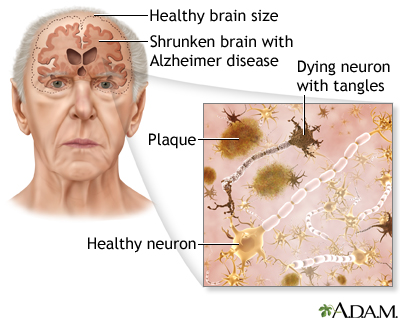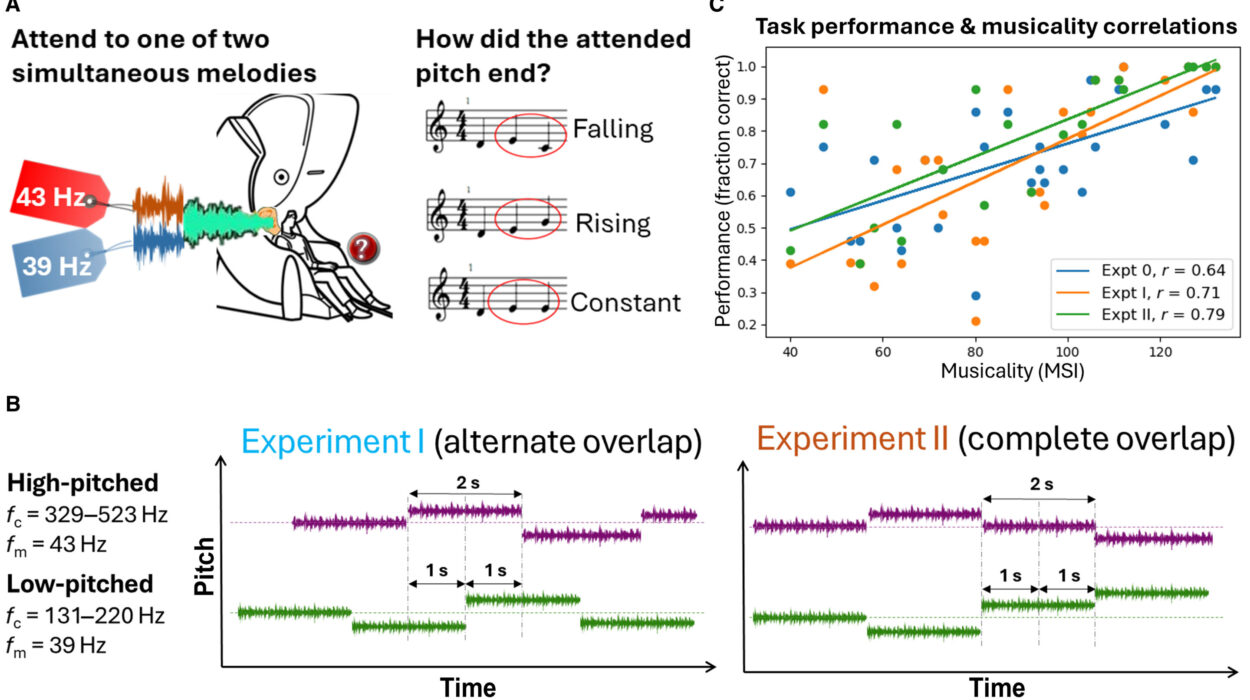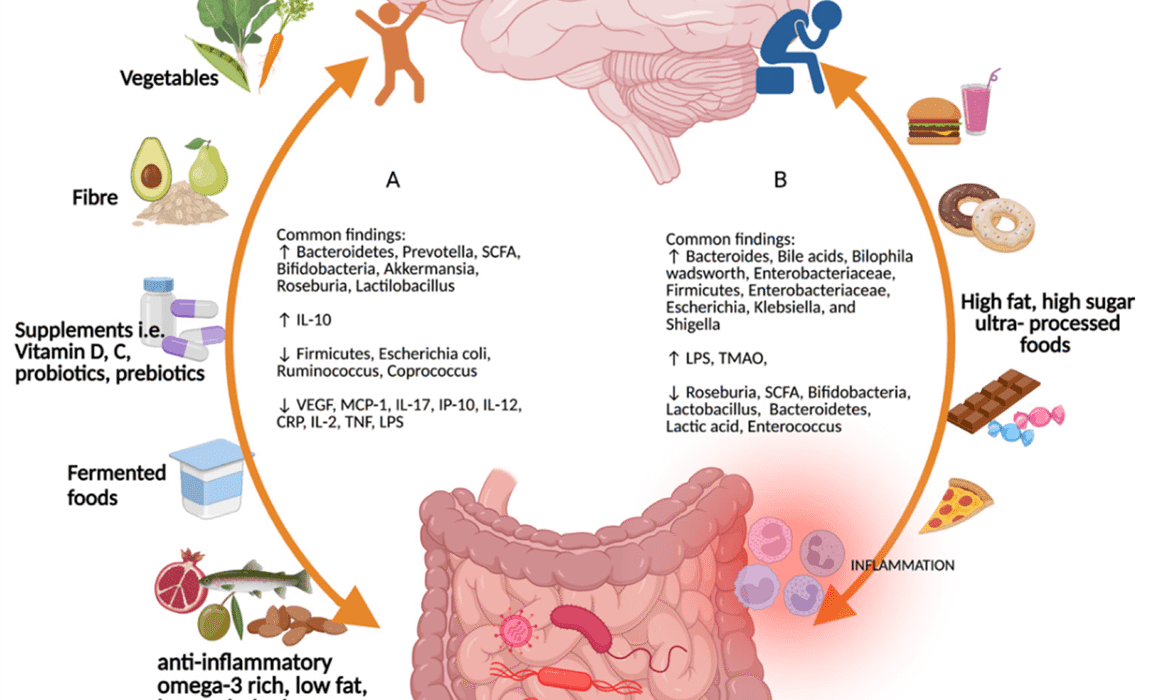Imagine hearing a few notes from a song you haven’t played in years, and suddenly you are transported back to a vivid moment in your life—a summer evening, the scent of rain on hot pavement, the laughter of friends, or even a quiet, intimate moment you thought you had forgotten. This is not magic but a remarkable interplay between music and memory, orchestrated by the brain’s intricate wiring.
Music has an uncanny ability to reach deep into our past, unlocking emotions and experiences with a force few other stimuli can match. But why do certain songs have this power? What happens in our brains when a melody brings a memory rushing back? To understand this, we must journey into the science of music, memory, and the neural symphony that connects them.
The Brain’s Musical Landscape
When you listen to music, your brain is anything but idle. It lights up in regions spanning emotion, memory, motor control, and sensory processing. This complex network reflects how music is far more than sound; it is a multisensory, emotional, and cognitive experience.
The auditory cortex processes the basic elements of music—the pitch, rhythm, and timbre. But beyond these first steps, the limbic system, often called the emotional center of the brain, becomes deeply involved. Structures such as the amygdala and hippocampus play crucial roles here. The amygdala helps process the emotional content of music, while the hippocampus is central to forming and retrieving memories.
Moreover, the prefrontal cortex, responsible for higher cognition and decision-making, evaluates the musical experience and may associate it with personal significance. This distributed activity across the brain means music is encoded not only as sound but as emotion, context, and meaning.
Music and Memory: An Ancient Connection
Humans have been creating and responding to music for tens of thousands of years. Our brains evolved in environments filled with natural sounds, rhythms of movement, and vocalizations. Music likely served essential social functions, such as bonding, communication, and emotional regulation.
From a neurological perspective, music and memory share overlapping circuits, especially within the medial temporal lobes, home to the hippocampus. This anatomical overlap facilitates the close relationship between hearing music and recalling memories.
Remarkably, music can serve as a potent retrieval cue for episodic memories—those personal experiences tied to a specific time and place. When you hear a song from your adolescence, your brain may activate the same neural pathways involved when you first experienced that time in your life, essentially recreating the event’s emotional and contextual framework.
The Emotional Resonance of Music
What sets music apart from other memory triggers is its emotional depth. Emotion enhances memory encoding and retrieval. When we experience strong feelings, our brain releases neurochemicals such as dopamine and norepinephrine, which strengthen the neural connections related to that experience.
Music has the unique ability to evoke profound emotions, from joy and excitement to melancholy and nostalgia. This emotional resonance ensures that the memories linked to music are not only vivid but charged with affective power. The amygdala, by tagging emotional significance, helps ensure these memories stand out in the mental landscape.
This is why a particular song might bring tears to your eyes or cause your heart to race. The music doesn’t just recall a memory; it rekindles the emotional state intertwined with that moment.
Neural Mechanisms: How Songs Become Memory Triggers
To understand why a song triggers a memory, we need to explore the neuroscience of memory retrieval. Memories are not stored as fixed, video-like recordings. Instead, they exist as patterns of neural activity distributed across different brain areas. When a cue—like a familiar melody—activates part of this pattern, the brain reconstructs the memory by reassembling these pieces.
Music provides a rich, multi-layered cue. It carries rhythmic patterns, melodic contours, lyrics, and emotional tone, all of which can individually and collectively activate associated memories. This richness means music can tap into multiple neural networks simultaneously, increasing the chances of a successful memory recall.
The hippocampus plays a crucial role in this reconstruction process. It acts like an index or pointer, linking sensory information to stored memories. When the hippocampus is stimulated by music, it retrieves the network of associated neural patterns, effectively “replaying” the experience.
The Role of Autobiographical Memory
Music’s ability to evoke memories is especially tied to autobiographical memory—the recollection of personal life events. Unlike semantic memory, which stores facts and general knowledge, autobiographical memory is deeply personal, rich with context, and often emotional.
Studies show that music activates brain regions associated with autobiographical memory, such as the medial prefrontal cortex. This area integrates self-relevant information, emotions, and memories, making music a powerful tool for reconnecting with one’s personal history.
This explains why songs from formative years—the soundtrack of adolescence or early adulthood—have an outsized impact. These periods are often emotionally intense and socially significant, imprinting memories with exceptional strength. Hearing those songs later acts as a direct line back to those moments, vivid and alive.
Nostalgia: A Double-Edged Sword
Nostalgia is a bittersweet feeling, a mixture of warmth and longing for a past time. Music is a potent inducer of nostalgia because it can simultaneously bring joy and sadness. Neuroscientific studies show that nostalgia activates brain regions involved in reward, emotion, and social cognition.
While nostalgia triggered by music can foster feelings of comfort and social connectedness, it can also evoke melancholy and loss. The emotional complexity of nostalgia makes musical memory retrieval a rich, sometimes overwhelming, experience.
Understanding this emotional dynamic helps explain why people often seek out music from their past during moments of loneliness or transition, finding solace and continuity in the melodies that shaped their lives.
Music Therapy and Memory Disorders
The powerful connection between music and memory is not merely academic—it has profound clinical implications. In conditions such as Alzheimer’s disease and other dementias, where memory deteriorates, music therapy has emerged as a valuable tool.
Patients with advanced memory loss often retain the ability to respond to familiar music long after other cognitive functions have faded. This is because musical memory is stored and processed differently and can access neural networks less affected by disease.
Music therapy can improve mood, reduce agitation, and even enhance cognitive function. By tapping into musical memories, therapists can evoke emotions and reconnect patients with their identity, offering a unique window into the mind’s resilience.
Cultural and Social Dimensions of Musical Memory
Music does not exist in isolation but is deeply embedded in culture and social identity. The songs that trigger memories often reflect shared experiences—national anthems, folk tunes, pop hits—that connect individuals to communities and history.
Culturally specific music evokes collective memory, a repository of shared pasts that shapes identity and belonging. For example, songs associated with significant historical events or social movements become sonic landmarks, anchoring memories not only of individuals but of entire generations.
This social dimension amplifies music’s memory power, as the brain links personal recollections with broader cultural narratives, enriching the emotional texture and meaning of musical memories.
The Science of Earworms and Musical Intrusion
Have you ever had a song stuck in your head, playing over and over involuntarily? This phenomenon, known as an earworm or involuntary musical imagery, illustrates music’s profound cognitive hold.
Earworms engage brain circuits involved in auditory perception, working memory, and motor planning. They show how deeply music can penetrate our consciousness, sometimes independent of conscious intent.
Interestingly, these repetitive musical thoughts can also trigger memories, as the brain spontaneously associates the tune with past experiences. While sometimes annoying, earworms reveal the persistent and pervasive nature of musical memory cues.
Why Some Songs, Not Others?
Not all music triggers memories equally. The personal significance of a song, its emotional intensity, the timing of its original exposure, and the context in which it was experienced all shape its mnemonic power.
Songs linked to strong emotions or major life events are more likely to be potent memory triggers. Additionally, music heard during the “reminiscence bump”—the period between ages 10 and 30 when many autobiographical memories are formed—has heightened recall strength.
Neurologically, songs that stimulate dopamine release in the reward system create stronger memory traces, making them more memorable and easier to retrieve.
The Role of Lyrics and Language
While melodies often carry the emotional weight, lyrics add layers of meaning and context. Language processing areas of the brain, including Broca’s and Wernicke’s areas, interact with auditory and emotional centers to bind words and music into a cohesive experience.
Lyrics can evoke narrative memories, connecting listeners to stories or messages that resonate with their personal lives. This linguistic-musical integration makes songs particularly powerful memory cues, as they engage both emotional and semantic memory systems.
Music and Memory in the Digital Age
Today, the ways we experience music have transformed. Streaming services, social media, and personalized playlists offer unprecedented access to songs from every era and culture.
This digital abundance has implications for memory. On one hand, easy access to old favorites means we can revisit musical memories more frequently, reinforcing them. On the other, the overwhelming choice may dilute the emotional impact of music by fragmenting our listening habits.
Yet, the core neuroscience remains unchanged. Whether through vinyl, radio, or smartphone, music continues to wield its remarkable power over memory and emotion.
Conclusion: A Symphony of Mind and Memory
Music and memory are woven together in the human brain by threads of sound, emotion, and experience. The songs that trigger memories do more than replay sounds—they rekindle feelings, resurrect moments, and reconnect us to ourselves and others.
This profound connection speaks to something fundamental about human nature: our lives are stories told not only in words but in melodies and rhythms. Through music, the brain orchestrates a continuous dialogue between past and present, between what was and what remains.
As science continues to unravel the mysteries of this relationship, one thing is clear—music is not just entertainment. It is a powerful, enduring force that shapes our memories, molds our identities, and enriches the human experience in ways both beautiful and deeply personal.






